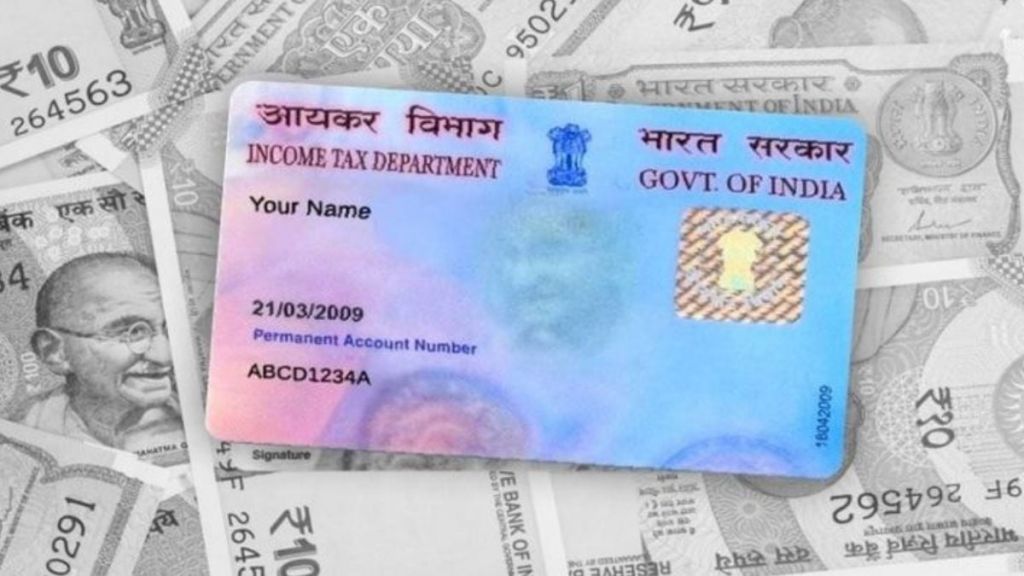
The PAN 2.0 Project of the Income Tax Department was approved by the Cabinet Committee on Economic Affairs (CCEA), which is led by Prime Minister Narendra Modi, on Monday, November 25, 2024. The PAN 2.0 Project involves e-Governance for modernizing the taxpayer registration system through Digital PAN/TAN services.
According to the official press statement, the project will receive a total of ₹1,435 crore from the government. The project's goal is to enhance the current PAN/TAN 1.0 system by merging core and non-core activities, along with the PAN validation service. The government also seeks to make PAN a universal identifier for specified government agencies' digital systems.
What does PAN 2.0 refer to?
PAN 2.0 improves upon the current PAN system by leveraging technology to simplify and enhance the registration process for taxpayers. The ₹ 1,435 crore project aims to improve the digital infrastructure of the Income Tax Department to ensure a smooth experience for both individuals and businesses.
Characteristics of PAN 2.0
The PAN cards will now have a QR code included for better functionality and security.
PAN is set to become a standardized identifier for businesses within certain government digital platforms.
The project aims to revamp taxpayer registration procedures and merge PAN/TAN services into one single platform.
The project emphasis is on being environmentally friendly, economical, secure, and quick.
Advantages of PAN 2.0
Taxpayer registration services will be quicker and easier to use in the future.
Current PAN card holders can switch to PAN 2.0 without incurring any extra charges.
An integrated system will enhance service provision and guarantee data accuracy.
Seeking a fresh PAN card?
No, it is unnecessary to request a new PAN card. Your current PAN card will continue to be valid under the PAN 2.0 initiative, and new features such as the QR code will be added automatically for existing cardholders.
PAN 2.0: Existing PAN holders WILL NOT BE required to reapply for PAN & they will get the above benefits of PAN 2 Project in their existing PAN nos. pic.twitter.com/Omvx3RjpMr
— Mayank Mohanka (@MohankaMayank) November 25, 2024
Importance for companies
The project aligns with the Digital India vision by establishing PAN as a common identifier. Businesses can use this universal identifier to make interactions with government agencies more efficient, leading to easier compliance and operations.
Up to now, a total of 78 crore PAN cards have been distributed, of which 98 percent are held by individual taxpayers. PAN 2.0 aims to streamline the current ecosystem and implement effective, environmentally friendly methods for all users.